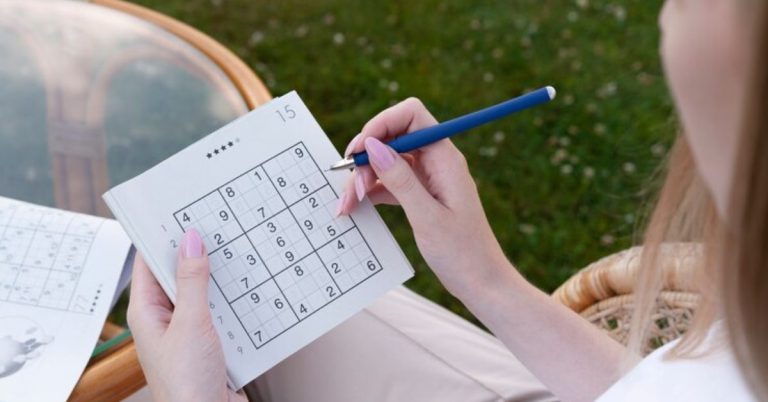Monkey bars are one of the most iconic and enjoyable playground equipment loved by children of all ages. They offer more than just fun; they play a vital role in promoting physical, motor, cognitive, and social development. As outdoor play becomes increasingly essential for children’s health and well-being, understanding the ins and outs of *monkey bars* can help parents, educators, and playground designers select the best options for safety and enjoyment. This comprehensive guide explores everything you need to know about *monkey bars*, from their history and types to safety tips, maintenance, and creative ideas to enhance play areas.
What Are Monkey Bars?
Definition and Description
Monkey bars are a type of playground equipment consisting of horizontal bars supported by vertical supports, allowing children to swing from one to another with their hands. They are designed to develop upper body strength, coordination, and balance while providing an engaging activity that encourages active outdoor play. Typically, these structures feature evenly spaced bars that challenge children to grip, swing, and traverse across the span, mimicking the actions of a monkey in the jungle.
Historical Background
The concept of *monkey bars* dates back to the early 20th century, with the first playground structures resembling these swinging bars introduced in the 1920s. Originally made from metal or wood, they aimed to promote gross motor skill development and physical fitness. Over time, the design and materials of *monkey bars* evolved, incorporating galvanized steel, durable plastics, and environmentally friendly woods to enhance safety, durability, and aesthetic appeal. Today, *monkey bars* are a staple in playgrounds worldwide, influenced by safety standards and innovative designs that cater to children of diverse ages and abilities.
Types of Monkey Bars
Traditional Metal Monkey Bars
The classic metal monkey bars are known for their strength and durability. Made from galvanized steel, they are capable of supporting heavy use and last for years even under harsh weather conditions. They are suitable for a wide age range but require regular maintenance to prevent rust and corrosion. Metal *monkey bars* are often found in public playgrounds and schoolyards due to their robustness and safety compliance.
Wooden Monkey Bars
Wooden monkey bars offer a natural, aesthetic appeal that blends seamlessly into outdoor environments. Made from treated, weather-resistant woods such as cedar or redwood, they provide a warm touch and eco-friendly option. Maintenance includes periodic sealing and checking for splinters or rot. Wooden structures are popular in parks aiming for a more naturalistic playground design and are generally preferred for residential backyards.
Plastic and Composite Monkey Bars
For a lightweight and colorful alternative, plastic or composite monkey bars are ideal for younger children. These materials are easy to clean, low maintenance, and resistant to weathering. They come in various bright colors and shapes, stimulating visual interest and playfulness. While suitable for preschool-aged kids, they may not support older children or high-impact use as robustly as metal or wood options.
Modular and Climbing Structures
An emerging trend is integrating *monkey bars* into larger, customizable climbing systems. These modular structures combine *monkey bars* with slides, ladders, tunnels, and platforms, creating complex play environments tailored to children’s developmental needs. They encourage imaginative play and multi-sensory engagement, making playgrounds more inclusive and versatile (Playground Magazine).
Benefits of Monkey Bars
Physical Development
*Monkey bars* promote upper body strength as children pull themselves across the bars, engaging muscles in the arms, shoulders, chest, and back. Swinging from bar to bar improves hand-eye coordination and enhances balance and flexibility by requiring children to stabilize themselves during movement.
Motor Skills and Cognitive Benefits
Using *monkey bars* encourages problem-solving skills as children figure out how to traverse different distances and angles. The activity enhances spatial awareness and coordination between hands and feet, essential for overall motor development and related cognitive processes.
Social and Emotional Development
Playing on *monkey bars* naturally cultivates social interaction and teamwork when children help or cheer each other on. Successfully navigating the structure boosts confidence and fosters a sense of achievement, reducing fear of failure and encouraging persistence.
Encouragement of Outdoor Play
In an age dominated by digital entertainment, *monkey bars* provide a fun and active alternative that promotes healthy exercise and outdoor engagement. They help combat sedentary lifestyles and support physical health and well-being.
Factors to Consider When Choosing Monkey Bars
Age Range and Safety Standards
It’s vital to select *monkey bars* suitable for the intended age group. Structures should adhere to safety regulations set by organizations like CPSC and ASTM standards. For example, toddler-friendly *monkey bars* are lower in height and designed with safety grips, while structures for older children support more dynamic movement.
Material and Durability
Consider weather resistance and durability based on your climate. Steel needs anti-rust coatings; wood requires treatment; plastic and composite vary in UV resistance. Longevity and maintenance needs will influence overall costs and safety over time.
Design and Accessibility
Inclusive design features, such as transfer platforms and ramps, ensure children with disabilities can enjoy *monkey bars*. Additionally, appropriate space allocation and configuration are necessary to fit within your playground area effectively.
Budget and Installation
Factor in costs of equipment, installation, and safety surfacing (like rubber mats or mulch). Proper installation is crucial to stability and safety, often requiring professional assembly for large structures.
Safety Tips for Using Monkey Bars
Supervision and Rules
Adults should supervise children at all times, enforcing rules such as no pushing, climbing while others are on the bars, or jumping from heights. Clear guidelines help prevent accidents and injuries.
Proper Use and Technique
Children should grasp the bars firmly with both hands, move slowly, and avoid swinging excessively or jumping from the top. Encouraging proper techniques reduces risks of falls and strains.
Fall Prevention and Safe Landing Surfaces
A key safety measure is installing shock-absorbing ground surfaces like rubber, mulch, or sand beneath *monkey bars*. Regularly inspect these surfaces for compacted or displaced material that can cause injuries.
Regular Inspection and Maintenance
Routine checks for rust, loose bolts, damaged bars, or unstable supports are essential. Immediate repairs prevent deterioration and ensure ongoing safety compliance.
Maintenance and Longevity
| Maintenance Step | Description | Frequency |
|---|---|---|
| Cleaning | Wipe down with soap and water or use a pressure washer to remove dirt and debris. | Monthly |
| Inspection | Check for rust, loose bolts, cracks, or splinters. | Every 1-2 months |
| Repairs | Replace damaged parts, tighten bolts, sand splinters. | As needed |
| Weather Protection | Apply protective sealant to wood; cover or winterize metal structures. | Annually |
Consistent maintenance extends the lifespan of *monkey bars* and maintains a safe environment for children.
Popular Brands and Models
Leading manufacturers like Anything Play and Spielplatz offer a wide range of *monkey bars* from budget-friendly options to high-end customized systems. Features include adjustable heights, colorful designs, and accessible features. Customer reviews highlight safety, durability, and ease of installation as key factors influencing choice.
Creative Ideas for Enhancing Monkey Bar Playgrounds
- Incorporate themed designs such as jungle or castle motifs.
- Add accessories like rings, ropes, or swings to diversify play options.
- Create multi-level climbing systems with bridges and slides.
- Integrate sensory elements such as musical panels or textured surfaces to promote inclusive play.
Conclusion
*Monkey bars* remain a timeless and beneficial addition to any playground, fostering physical, cognitive, and social development. By choosing the right type, ensuring safety, and regularly maintaining the equipment, you create an environment where children can enjoy active, engaging, and safe outdoor play. Remember, safety standards should always be a priority when selecting *monkey bars*, and adult supervision is essential for a fun and injury-free experience. Encourage children to explore and challenge themselves, building confidence and strength through these classic playground structures.
Additional Resources
- Playground Safety Standards (ASTM, CPSC)
- Playground Safety Tips from HealthyChildren.org
- DIY Guides for Playground Maintenance and Inspection


